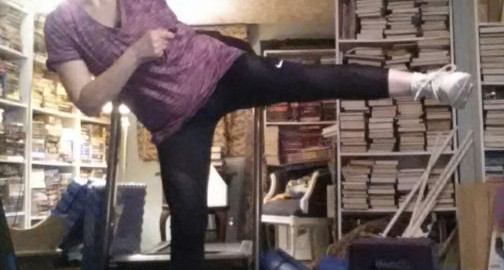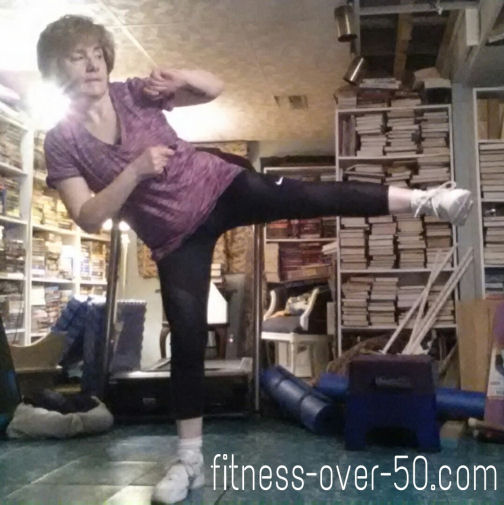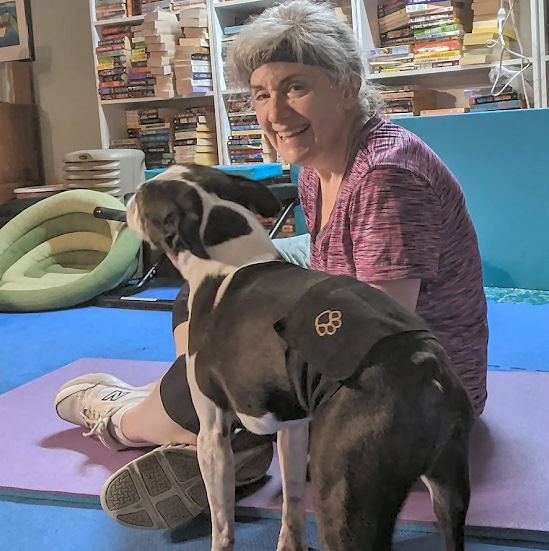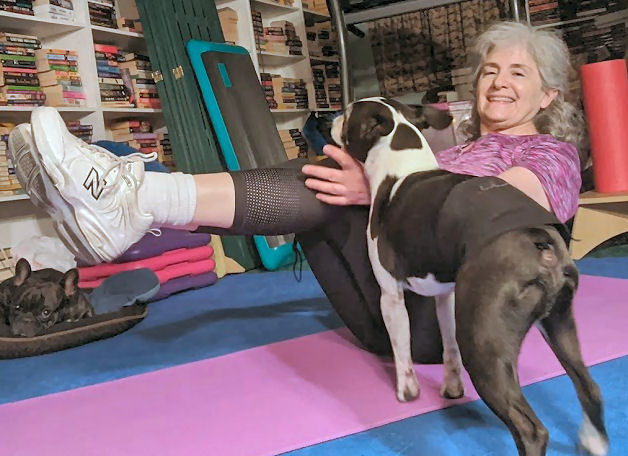Our doctors tell us to go outside and get some fresh air. (But be sure to slather on the sunscreen and insect repellent.) The experts tell us that being outside also helps our optimism and resilience. And, let’s face it, a deep breath outside is a whole lot different than one inside. But there are a million things that need doing, including getting our exercise in to satisfy the CDC recommendations. How do we fit it all in: meeting our goal of exercising for the recommended time, being outside, and getting everything else done? How can we effectively exercise outside, stay safe, and be kind to ourselves?
“Soft Hiking”
Two young women in the UK have introduced the notion of “soft hiking.” They’re outdoors in the natural environment, enjoying the scenery, and being active all at the same time. They exercise outside and document it on social media so others can join in their fun. They encourage others to explore their area of the world and be active in the outdoors. The notion of “soft hiking” makes exercise outside less intimidating, intense and frightening. Go at your own pace. Go off-trail to examine a unique tree or look at a historic plaque. Reconnect with nature. Be able to breathe deeply in the fresh air. And exercise outside without killing yourself.
Lower the intensity
The notion of “soft hiking” goes along with a movement I’ve seen lately to lower the intensity of pretty much everything, including exercise. Emotions have been so intense the last few years that we’re seeing a rebellion. So, let’s go along with that. Ramp the exercise intensity down, too. Even Michelle Obama has eased off on her exercise intensity. Lowering the intensity doesn’t mean that the exercise is less effective, though. It just means that we’re exercising smarter.
Know your body
The key is to know what your body can do. High intensity exercise for you may not be as high for someone else. I always say that the way to grow is to challenge ourselves. That doesn’t mean that we have to push to the point of passing out. The key is to be kind to yourself. If the notion of “soft hiking” intrigues you, lace up your sneakers, grab your water bottle, and go find a trail nearby. Examine interesting plant life (but don’t touch it unless you know it won’t give you a rash). Read historic plaques. Find a new route to wander. Go exercise outside.













